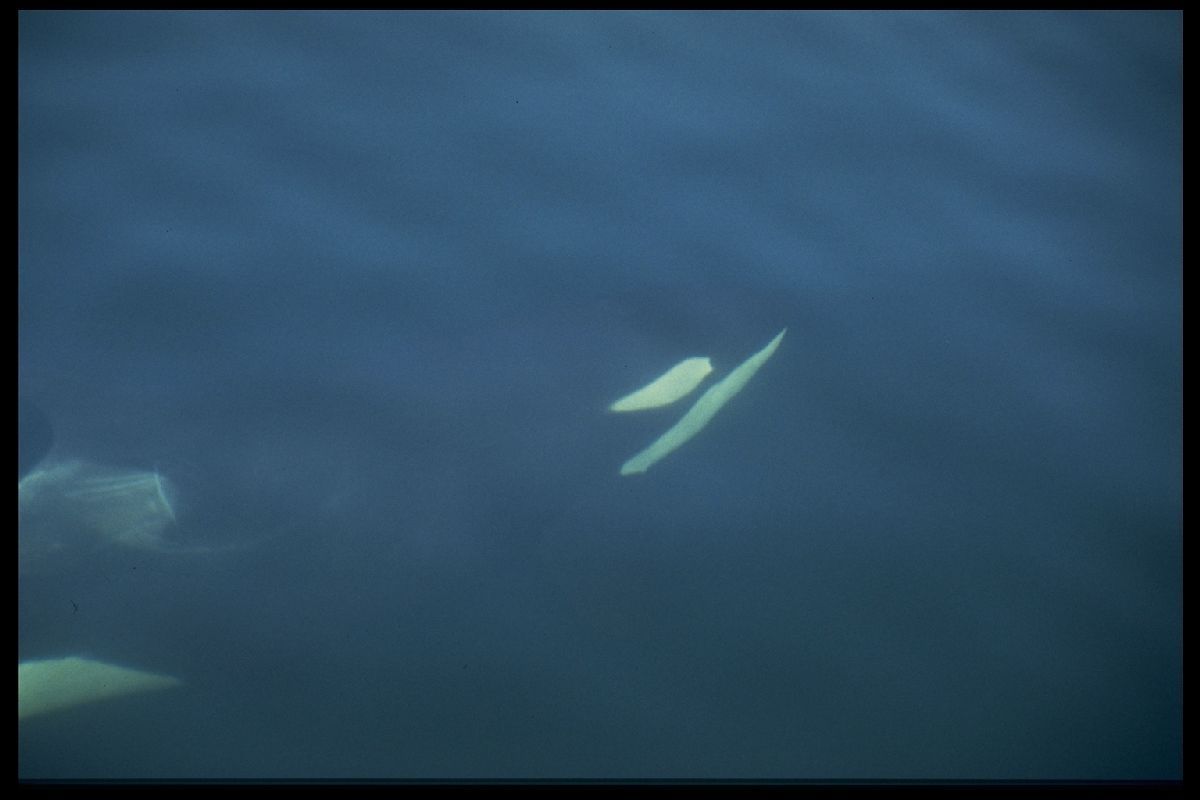| WHAT IS AN ORCA? |

|
| WHAT IS AN ORCA? |

|
Orcas make three types of vocalizations: clicks, whistles and pulsed calls. The clicks are part of the whale's sonar and are used for echolocation: for finding and locating food sources, for defining other objects in the ocean and locating the whale in its environment. Whistles are typically continuous tone emissions that may last for many seconds.
Calls, simply put, are pulsed signals which have discrete patterns that can be recognized by ear and by spectrogram. They are the main component of the orca communication repertoire. Dr. John Ford categorized the discrete call types for the orcas of Washington State and British Columbia. He discovered that each pod has its own collection of calls which he referred to as their "dialect". He was then able to define larger acoustic groups or "clans" by grouping together pods which share common calls. Only pods which share common calls are part of that clan. The Northern Resident Community has three clans, whereas the Southern Resident Community has just a single clan, as do the Transient orca of this coast. There is variability within call types, even for different maternal groups within pods and clans. This is a useful tool for identifying groups in the absence of visual identification e.g. at night or from remote locations. It has also been used to identify the pods and communities of orcas captured in the 1960s and 70s. The differences in vocal call types between clans does not seem to inhibit the various maternal groups and pods within a community from coming together and socializing.
The role of these calls is not precisely known. However, the different calls
are certainly a way for the whales to keep track of each other over large
distances, in the dark, or when large congregations occur. Though it has
not been demonstrated, there is certainly potential for communication of
complex specific information in calls. Sometimes groups are very vocal and
at other times the groups may be silent. The calls are not necessarily modified
in sound level to accommodate whales travelling close together.

|
To Sources and References |

|
Back to the main Orca-Facts |

|
Back to my homepage |